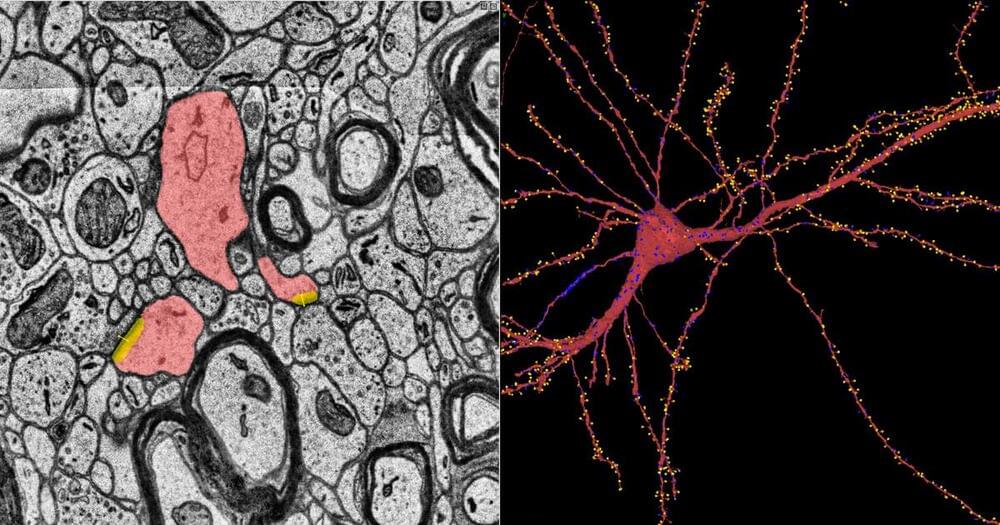Although the colonization of Venus seems like a lost cause to many, it appears that the people at NASA are very optimistic about their plans to colonize it! Subscribe to Futurity for more space news.
#nasa #space #venus.
Here at Futurity, we scour the globe for all the latest tech releases, news and info just so you don’t have to! Covering everything from cryptocurrency to robotics, small startups to multinational corporations like Tesla and Jeff Bezos to Elon Musk and everything in between!







